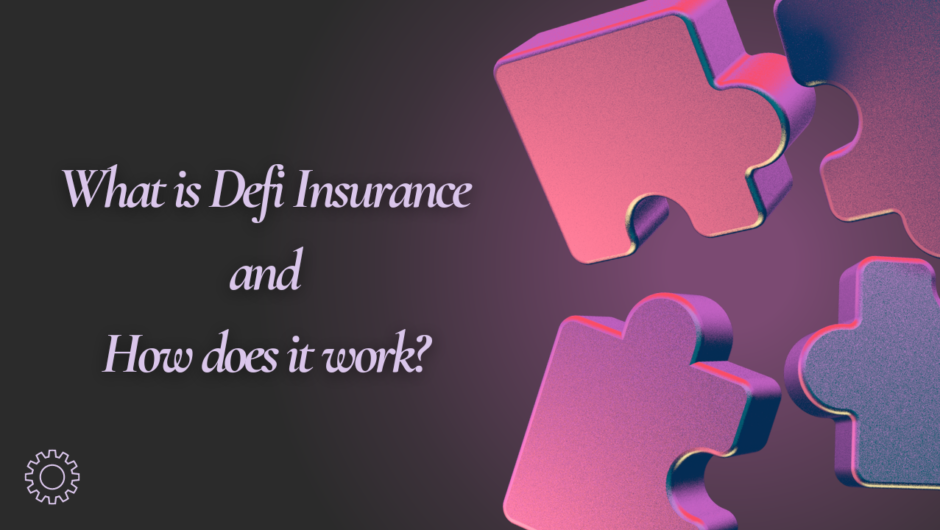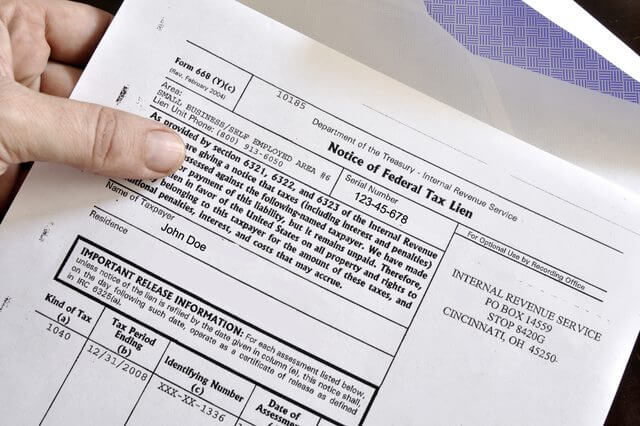Car insurance coverage is a policy that provides financial protection against physical damage, bodily injury, and liability resulting from traffic collisions and other incidents involving vehicles. It ensures that drivers are safeguarded from potential financial losses due to accidents, theft, natural disasters, and legal liabilities. Car insurance typically includes several types of coverage, such as liability, collision, comprehensive, personal injury protection, and uninsured/underinsured motorist coverage. Selecting the right car insurance coverage involves evaluating personal needs, understanding policy options, and considering factors like driving habits, vehicle type, and budget to ensure adequate protection and peace of mind.

Understanding Car Insurance Coverage
Car insurance coverage is designed to protect drivers financially in the event of accidents, theft, or damage to their vehicle. It encompasses various types of coverage, each addressing specific risks:
- Liability Coverage: Covers damage to others’ property and medical expenses if you’re at fault in an accident. It’s often legally required.
- Collision Coverage: Pays for damage to your own vehicle resulting from a collision, regardless of fault.
- Comprehensive Coverage: Protects against non-collision incidents such as theft, vandalism, or natural disasters.
- Personal Injury Protection (PIP): Covers medical expenses for you and your passengers, regardless of fault.
- Uninsured/Underinsured Motorist Coverage: Provides protection if you’re involved in an accident with a driver who has insufficient or no insurance.
Assessing Your Insurance Needs
Assessing your car insurance needs involves several key factors to ensure you select the appropriate coverage.
Evaluating Your Driving Habits: Consider how often and how far you drive. If you’re a daily commuter or frequently drive long distances, you may require more extensive coverage due to increased risk. High-mileage drivers might benefit from higher liability limits and comprehensive coverage to protect against various risks.
Considering Your Vehicle Type and Value: The type and value of your vehicle significantly influence your insurance needs. For newer or high-value cars, comprehensive and collision coverage can be crucial to protect against significant financial loss. Conversely, older vehicles with lower value may not justify the cost of extensive coverage, and opting for basic liability might be more economical.
Understanding State Minimum Requirements: Each state has its own minimum insurance requirements, which typically include liability coverage for bodily injury and property damage. Familiarize yourself with your state’s minimum requirements, but consider whether they provide sufficient protection. Often, opting for coverage beyond the state minimum can offer greater security, especially if you face an accident with substantial damages or medical costs.
Factors to Consider When Choosing Coverage
When choosing car insurance coverage, consider the following factors:
Budget and Affordability: Determine how much you can comfortably spend on insurance premiums. While lower premiums can save money upfront, they may come with higher deductibles or less comprehensive coverage. Balance your budget with the level of protection you need.
Deductibles and Premiums: The deductible is the amount you cover yourself before insurance starts to work. Larger deductibles generally result in lesser premiums but could lead to higher costs in the event of a claim. Assess your ability to handle potential deductibles when making a decision.
Policy Limits and Exclusions: Review the limits of each coverage type to ensure they align with your needs. Policy limits are the maximum amounts the insurer will pay for claims. Also, understand policy exclusions—situations or types of damage not covered by the policy. Choosing adequate limits and being aware of exclusions helps prevent unexpected financial burdens.
Comparing Insurance Providers
| Criteria | Provider A | Provider B | Provider C | Provider D | Provider E |
|---|---|---|---|---|---|
| Quotes | $800/year | $750/year | $780/year | $830/year | $790/year |
| Coverage Options | Basic + Comprehensive | Basic + Collision | Comprehensive Only | Full Coverage | Basic + Collision |
| Customer Service Rating | 4.5/5 | 4.2/5 | 4.7/5 | 4.1/5 | 4.4/5 |
| Claims Process Rating | 4.3/5 | 4.0/5 | 4.6/5 | 4.2/5 | 4.5/5 |
| Additional Benefits | Roadside Assistance | Rental Car Coverage | Free Accident Forgiveness | 24/7 Customer Support | Glass Repair Coverage |
Tips for Saving on Car Insurance
-
Discounts and Bundling Options:
- Safe Driver Discounts: Maintain a clean driving record to qualify for discounts.
- Good Student Discounts: If you’re a student with good grades, you may be eligible for discounts.
- Low Mileage Discounts: If you drive less than average, you might receive a lower premium.
- Vehicle Safety Features: Vehicles equipped with safety features like anti-lock brakes or airbags may qualify for discounts.
- Multi-Policy Discounts: Combine car insurance with other policies like home or life insurance to receive a discount.
-
Improving Your Driving Record:
- Avoid Accidents: Preventing accidents helps maintain a clean driving record, leading to lower premiums.
- Obey Traffic Laws: Follow traffic rules to avoid violations and potential rate increases.
- Take Defensive Driving Courses: Completing courses can demonstrate responsible driving and may earn discounts.
Conclusion
Choosing the right car insurance coverage involves assessing your driving habits, vehicle type, and state requirements to determine the best protection for your needs. Balance your budget with coverage levels, considering deductibles and premiums. Compare quotes, evaluate customer service, and understand policy limits and exclusions from various providers. Look for discounts and improve your driving record to save on premiums. By carefully evaluating these factors, you ensure adequate coverage, financial protection, and peace of mind while driving. Make an informed decision to secure the best insurance that fits your personal and financial situation.
Read More:
- Bike Insurance: Premium Details And How To Buy
- How safe private insurance companies are?
- 7 principles of Insurance which every investor should know
- Why should you avail life insurance?

Hello, I am Tanisha Kriplani, graduated in computer science from Delhi University. I am passionate about web content writing and have a strong interest in Data Analytics and Data Engineering.












